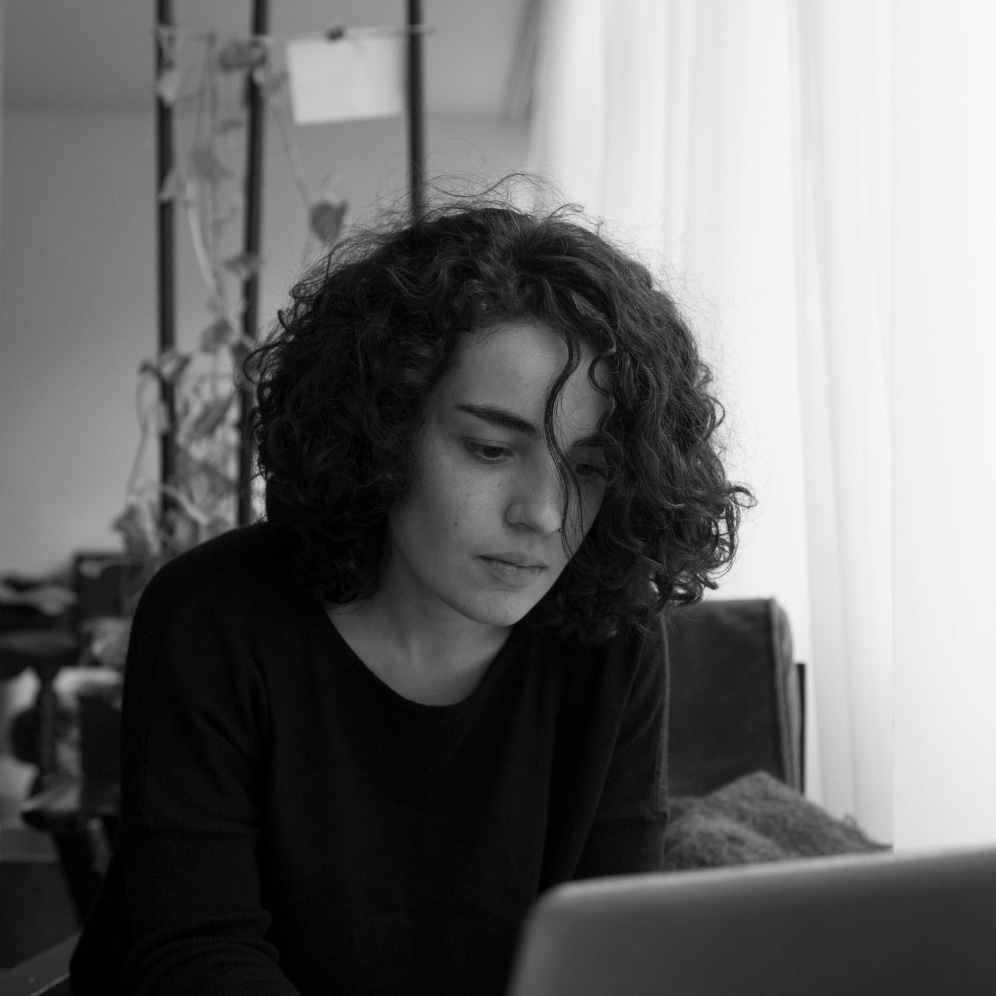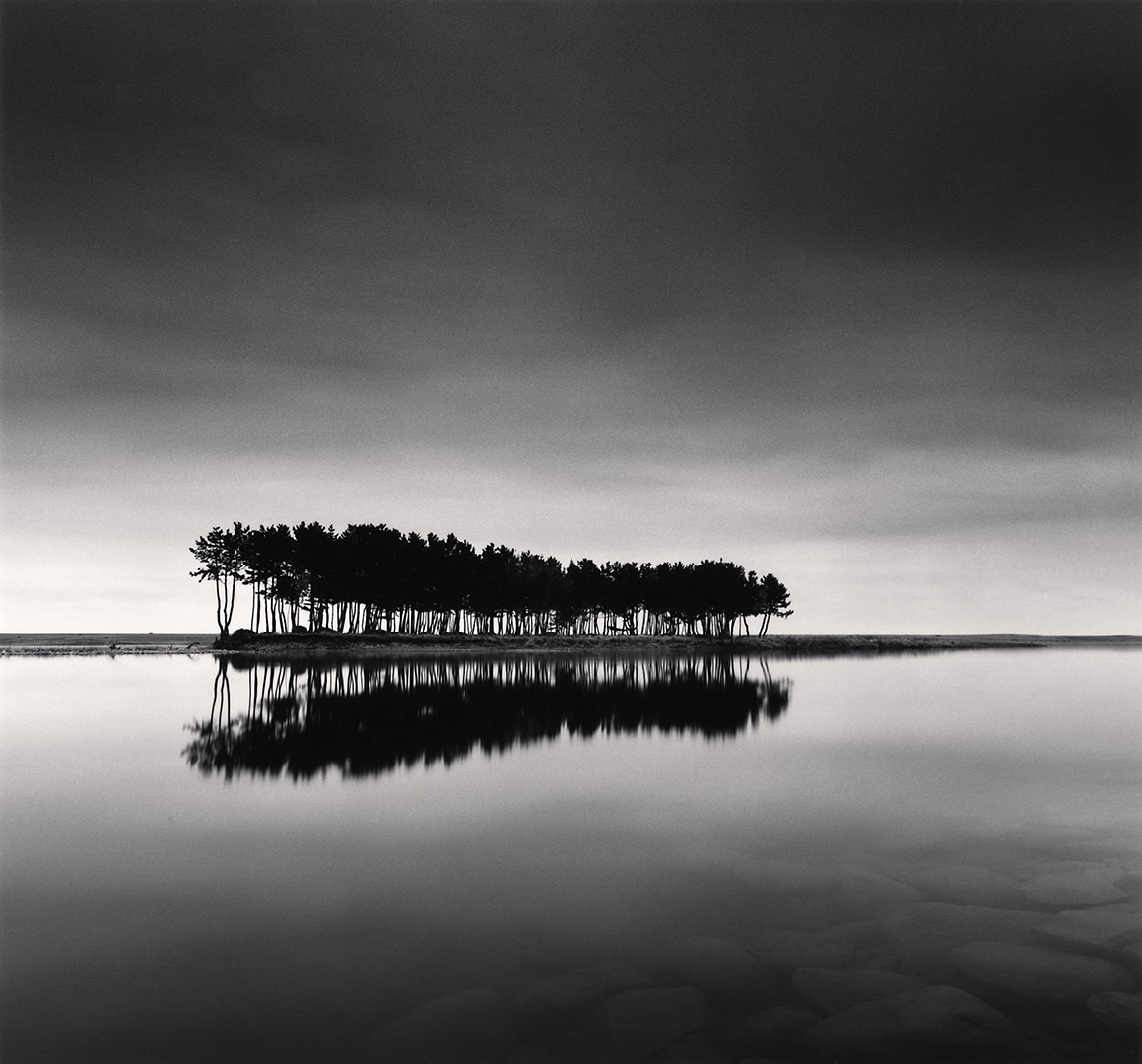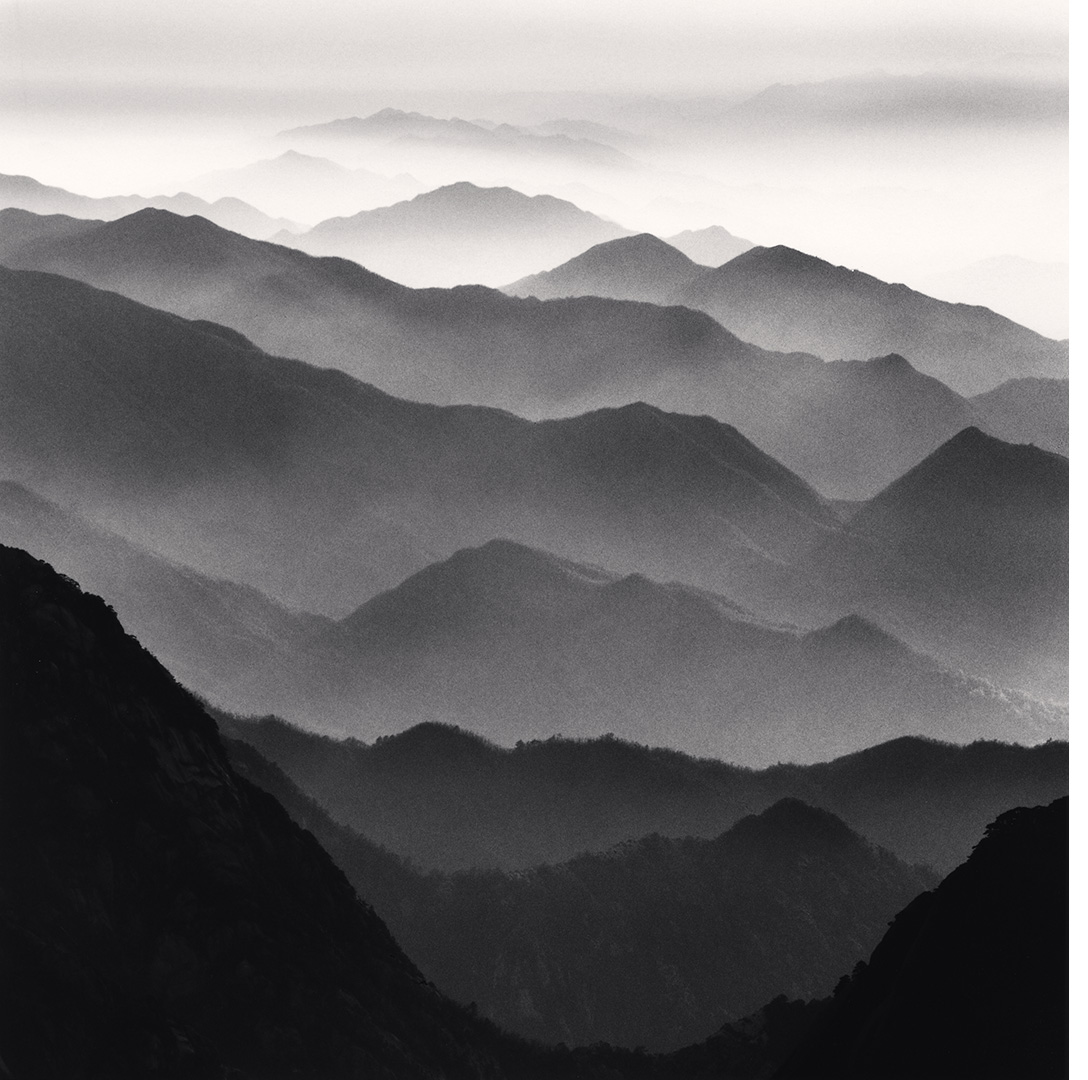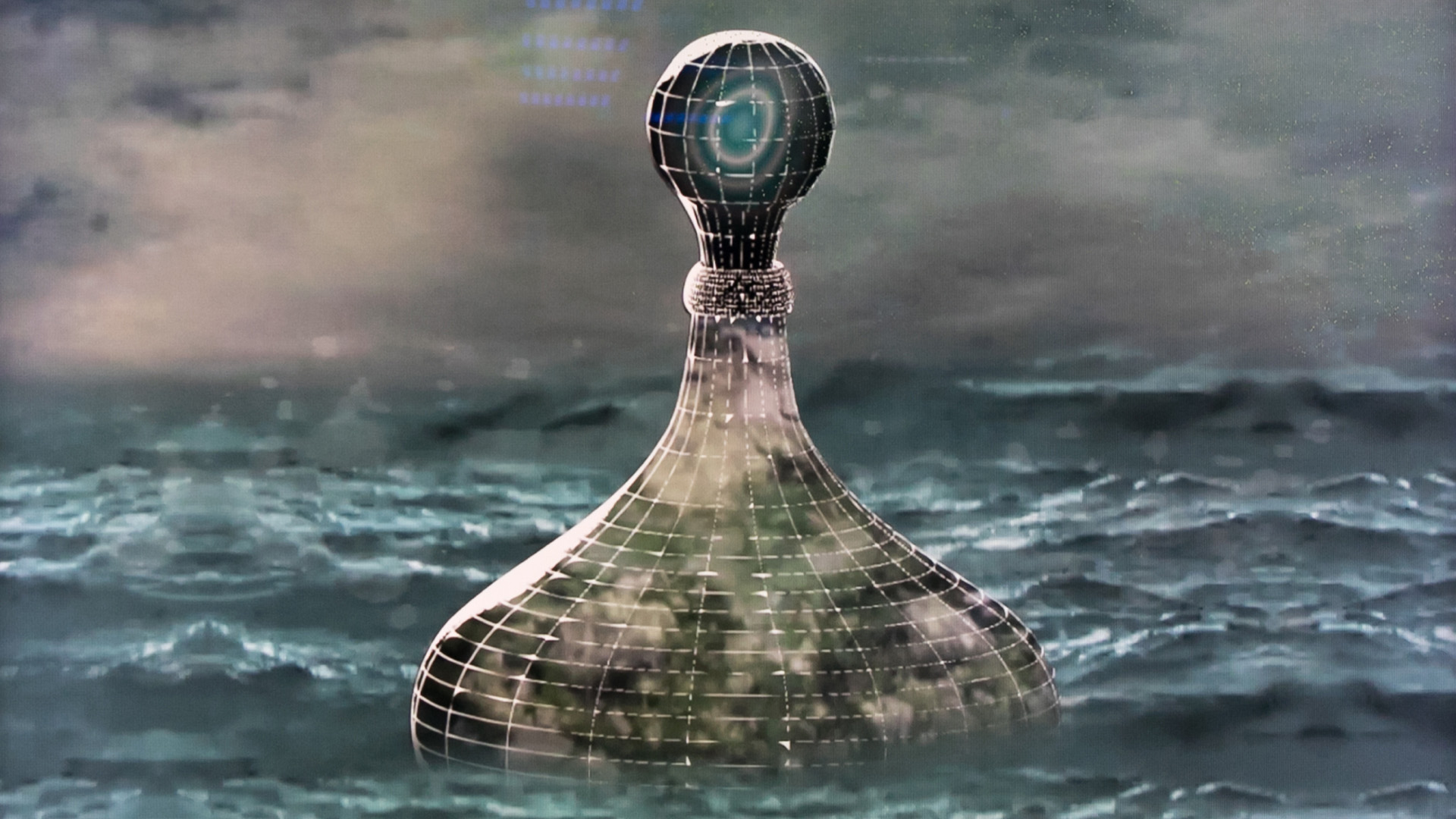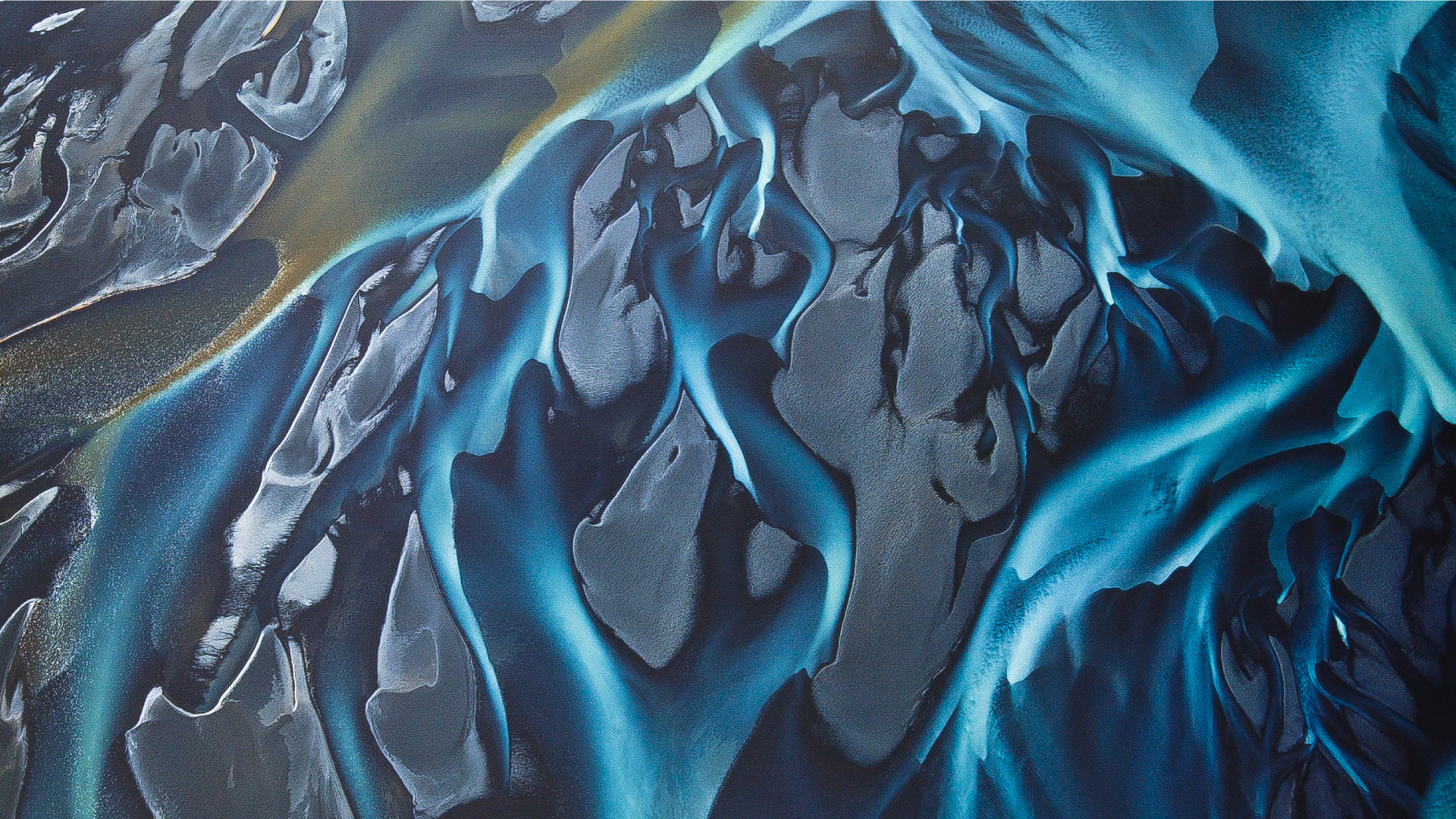Blog
An Interview with Michael Kenna
26 March 2020 Thu
When I started writing an introductory text for this conversation, I could not go beyond the sentence "Michael Kenna is a British photographer born in 1953.".
The reason for this is the structure of Kenna's photographs that are silent and minimally constructed, thus inviting the audience to ascribe their own meanings into the works. I did not want to fill them with my own meanings and become an actor from the very first moment to this conscientious openness.
Therefore, it would be more meaningful to talk about the traditional Japanese poetry form haiku, which the artist says often inspires his works. Haiku is one of the most penetrable forms of poetry for readers’ interpretation. At the same time, it would not be wrong to say that it has clear rules that are unnamed, with a precise syllable structure, a specific range of topics, and often set up by juxtaposition of two images / concepts. While associating photography with poetry and talking about the “poetics of photography” is quite frightening, there is more to the relationship between Kenna’s photographs and the haiku than just an overlap: Kenna's form of practice, which looks open-ended, but delicately thought out not only in feeling but also formally and technically. We can say that it shows parallels to the way haikus form. Because one of the most impactful things about Michael Kenna is his respect for the technical possibilities of the camera in hand. We can clearly see this in an interview he has given to the magazine Looking Glass, “In order to speak rhetoric or write poetry, in any language, one has to first learn and understand the vocabulary, grammar and syntax of that language. In order to photograph consistently well, I believe it is also necessary to understand the craft and technical aspects of the photographic medium. I suspect that many artists never reach their highest potential because they have not mastered the fundamental technical aspects of their chosen medium. An artist limits themselves by not understanding the possibilities open to them. Craft is a critically important means to express, communicate and share vision.” 1
You could, thus, see the productive balance of the technical and the sensual in Kenna’s photographs. His sensitivity and meticulousness towards his work is also sensed in his answers to the questions.
—İpek Çınar
İpek Çınar: On the one hand, your photos carry the lonely, unemotional, and technically flawless characteristic of deadpan photography while on the other hand, they are undoubtedly romantic. Due to the effect of long exposure, they are timeless; as you do not include humans most of the time, they are off the scale. Thanks to their impeccable rhythm and light, they seem non-dimensional. What are the things that you pay attention to when you make your photographs? Are your decisions based on a single photograph or on a series?
Michael Kenna: When I photograph I simply look for what is interesting to me, out there in the three dimensional world, and translate or interpret so that it becomes visually pleasing in a two-dimensional photographic print. I search for subject matter with visual patterns, interesting abstractions and graphic compositions. The essence of the image often involves the basic juxtaposition of our human-made structures with the more fluid and organic elements of the landscape. I enjoy places that have mystery and atmosphere, perhaps a patina of age, a suggestion rather than a description, a question or two. I look for memories, traces, evidence of the human interaction with the landscape. Sometimes I photograph pure nature, sometimes urban structures, more often both together.
I do not do any elaborate preparation before I go to a location. Essentially I walk, explore, and photograph. I never know whether I will be there minutes, hours or days. I feel that photographing is akin to meeting a person and beginning a conversation. How does one know ahead of time where that will lead, what the subject matter will be, how intimate it will become, how long the potential relationship will last? Certainly, a sense of curiosity and a willingness to have patience and allow a subject matter to reveal itself, are important elements in the process. There have been many occasions when interesting images have appeared from what I had considered uninteresting places. The reverse has been equally true and relevant. One needs to fully accept that surprises sometimes happen and control over outcome is not always necessary or even desirable.
All photographs are made in the context of a journey. I make single frames at a time, but they are always constructed within the ongoing kaleidoscope of possibilities. Images invite conversation with other images. Single frames inevitably become parts of series, just as single days are part of a week, which is part of a month, and then a year. I have now photographed for over forty five years, and all images are somehow connected to each other. What I saw and photographed years ago in the seventies has a direct relationship to what I see and photograph today and tomorrow.
İÇ: One of the things that impressed me in your previous interviews is your honesty in talking about the photographers you were inspired by. For instance, you stated that, at the beginning of your career, you went to Prague to visit the places Sudek had photographed, or you did the same thing for Bill Brandt. Or you honestly stated that you use Charles Sheeler’s images as a starting point for Rouge. So, I have a two-step question: How do you look at this kind of inspiration and starting points. And secondly, how do these “adaptations” improve your personal vision?
MK: I sincerely believe it is normal and healthy to study the work of other artists, and even imitate other's efforts, as a means to explore one's personal vision. It has been, thus, throughout history in all mediums of creative expression. One advances by "standing on the shoulders of giants." The perspective becomes a lot clearer from such high ground. As you accurately mention, on my journey, I have actively tried to see through the eyes of many well-known photographers. I have gone to places where they have photographed and have consciously emulated their style and subject matter. I have learned a great deal with this method. Other artists, in many mediums, have greatly helped my development as a photographer. As small tokens of appreciation, I have often credited those influences openly by including their names in the titles of work. I have done this out of basic courtesy and respect for I do not feel that I have ever stolen from these artists.
It seems to me, that in this recent era of digital photography, where accessible photographic technology has proliferated and all things are now seemingly possible, it has become easier and easier to duplicate what has happened before. It has become quite normal to "appropriate" another artist's image. This, I think, is dangerous. I believe that any serious artist will work with passionate intensity to get beyond the copying phase to find their own voice. The search to discover ourselves, our own personal vision, is vitally satisfying and is an integral part of any artistic path.
İÇ: You think of your photographs as visual haiku poems, rather than novels. Indeed, the minimality in your photographs and the fact that they tell beyond what they show correspond to the structure of the haiku. When we look at one by one, your photographs are very open to involvement of audiences’ personal interpretations. However, when we approach them as a series, they are very well-planned and completed. So how do you approach a series, in other words, narratives, and how does the editing process take place?
MK: This question relates to your earlier one. We are all narratives with our individual stories which are continually unfolding. Every single moment of our lives could be compared to single photographic exposures. All moments are related, affected by the past and influencing the future. So it is in photography. When photographing, we choose what is significant, what appeals to us, what interests us. It is always in the context of a personal story, an individual history and experience. When it comes to choosing images to print, to put into a book or make as a series, it is a similar process. Editing is like life. What should we include, and what should be left out? We should be sensible enough to know that some photographs are stronger than others. We all have different strengths and weaknesses, so being realistic as well as idealistic seems to work for me. I believe it is important to continually produce work, to keep moving, to keep living, which is what I do to the best of my ability. I like to work on multiple projects at one time. I have thousands and thousands of unprinted negatives, enough to keep me busy for the rest of my life. Often I print older negatives along with newer images. I don’t think there is any one right or dogmatic way to do these things. We all must make our own way.
İÇ: Your photographs leave room for the audience’s interpretations, inevitably including the audience as an actor. In your production, where do you position the audience? Does the audience have an impact/improving role in your projects?
MK: I encourage a close relationship between a print and viewer. I like the notion that a two-way conversation could take place, rather than a one-sided lecture. If the viewer can become an active participant, and enter into an image, perhaps the whole experience could be more interesting and satisfying. I therefore purposely leave empty spaces in my photographs. Viewers are invited to enter into the frame to complete the triangle (photographer, subject matter, viewer). I often feel that my images are not complete until somebody brings in their own experience and imagination into the equation. I am quite convinced that we all see things differently so each viewer should be able to have their own personal and unique experience. I make no claims that my work is successful in this way, but I am at least conscious of the possibilities.
İÇ: You are not a “snapshot” photographer. Most of the time, you spend a long time around your subject and use long exposure times, even at 10 hours. This must give you a lot of “free” time for mediation, thinking about your subject, or yourself. I am wondering about the effects of that free time on you or your perception of your subject.
MK: My feeling is that if we spend time with a subject matter, and make a considered photograph, rather than just glancing and making a quick snap, we will generally discover more. It is analogous to meeting another person. A quick exchange and we don’t really know the true character of that person. The more time we spend, the more understanding we have. Sometimes it takes a lifetime and we still don’t fully understand somebody. It often feels to me that our world continues to spin faster and faster. We have so much to do in a day, so many devices to look at, and people to be in touch with on social media. Information is available everywhere, images are constantly being produced and dispersed. Our world is fast paced and multi facetted, it can exhaust our many senses if we are not consciously aware. It is sometimes necessary to slow ourselves down, and get out of the mainstream turbulence.
I often make long photographic exposures, most are a matter of minutes but some do last up to twelve hours through the night. What a luxury it is not to have to do anything during these periods of time. We are all aware of the declarative sentence: “Don’t just sit there, do something.” I think we might have more balance in our lives if we occasionally heeded the reverse advice: “Don’t just do something, sit there.” I like to be quiet, calm and solitary so I look for places that resonate with my own senses. At the beginning of my photographic explorations I preferred to photograph in the early morning because I was attracted to the calm and peacefulness, the lack of people and absence of “chatter” in the air. Morning light is often soft and diffused. It can reduce a cluttered background to graduated layers of two-dimensional tone. Minimalism continues to be one of my esthetic goals.
İÇ: On your website, you categorize your photographs by country. And also you like to go back to the same place and take the same subjects again. Is there a specific meaning of any city/country that you travel in your photographic process?
MK: I don’t think it is necessary to attach any particular importance to the way that my web site is arranged. This is more a matter of logistics and trying to organize more than 3,000 images over more than 45 years. Places, cities, countries, all have their individual characteristics and as individuals we are naturally drawn to particular locations. I have always loved to travel and have visited some countries far more than others for various reasons. It would take up too much space for me to discuss my relationships with each country I have visited so I will confine this answer to my relationship with Japan, which has been quite singular and special.
My first trip there was in 1987, when I photographed the shrine and temple areas of Kyoto and Nara. I returned over the following several years for exhibitions, book signings, and lectures, usually to Tokyo or to other metropolitan cities. However, my dream was to explore the landscape throughout Japan in Hokkaido, Honshu, Kyushu, Okinawa and Shikoku. There is something mysterious and wonderfully alluring in the Japanese land. It is visually manifested in the omnipresent interactions between water and earth, and in the constantly changing seasons and skies. I feel it in the engaging intimacy of scale in its terrain, and in the deep sense of history contained in its earth. There is reverence and honor towards the land, symbolized by the ubiquitous Torii gates. Physically, Japan has similarities to my home country of England; relatively small, reserved, inhabited for centuries, surrounded by water, every patch of land and part of the sea-front containing a story. Japan is also a volatile place, sometimes unpredictable and potentially dangerous, with typhoons, earthquakes and tsunamis possible. It is a country where the land is alive and powerful, where the elements are strong. I believe that spending time in Japan has accentuated in me an awareness of the fragility and beauty of our transient world.
I have found Hokkaido, up in the North, to be a particularly intriguing place—gently seductive, dangerously wild and hopelessly romantic. Visually, it has been a paradise on earth for me, a veritable winter wonderland of leafless trees, absence of color, and eerie silences. The starkness and reduction of sensory distractions demands a concentrated focus on the land. These conditions have been of the utmost importance in my ongoing creative process. Working and traveling around this island during the past eighteen years has been an astonishing experience. I have felt a powerful emotional response to Hokkaido and have derived enormous creative inspiration in the light and atmosphere of this special place. I was just there again just last week and hope to revisit many more times.
1 “Looking Glass A Photography Journal.” vol. 14, 2016, p. 53.
ABOUT THE WRITER
İpek Çınar
Born in 1992 in Ankara, İpek Çınar has completed her studies in Political Sciences at METU in 2018 and began her graduate studies in the ‘Art in Context’ MA programme at UdK Berlin in 2020.
Working predominantly with the photographic medium since 2011, Çınar tells stories that seek to convey an idiosyncratic language by blending photography with writing. In addition to her photographic production, she contributes to various publications with essays, interviews and series of articles; prepares exhibition catalogues and acts as a content advisor, particularly on photography.
Çınar was among the coordinators of The Booklab project by Frederic Lezmi and Okay Karadayılar; she worked as an instructor for the Darkroom and editing workshops at Ka Fotoğraf Geliştirme Atölyesi (Photography Enhancement Atelier) in Ankara and acted as a content advisor for the photography documentary of TRT 2, İzler Suretler (Faces Traces).
She opened solo exhibitions at Poligon “The Shooting Gallery” and at Ka Fotoğraf Geliştirme Atölyesi and took part in numerous group shows in Turkey and abroad. She has been invited to international artist residencies, workshops and festivals where she participated in exhibition and lecture programs. İpek Çınar, who is also a member of AICA Turkey, is the co-editor of Orta Format Magazine since 2015 and she loves the magazine very much.
